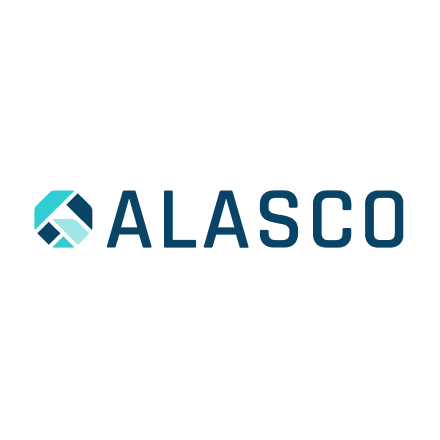Migrating all the projects from their previous solution into Coalesce was a smooth process, recalls Koslova. “We didn’t have to reinvest the same amount of time as we had with the previous solution. We already had the queries—we just had to click through the process to set up the models. It wasn’t nearly as time-consuming as before.”
Koslova notes that being able to use Fivetran to schedule the Coalesce jobs was another factor that made the migration relatively painless: “We started with the biggest model, HubSpot, which was the first pipeline we rebuilt using Coalesce.” Fivetran handled the data ingestion, and they used it to trigger their Coalesce transformation jobs. “Once we validated the outputs, we turned off the old transformation logic and let Coalesce take over that layer. From there, we migrated each connector and its associated transformations step by step.”
“Once we got Coalesce set up—with great support from their team—I began to see the benefits immediately,” Koslova says. “Now, when someone on my team makes a change, I can easily review it and understand its impact.”
Today, with Coalesce as a core part of the Alasco data stack, the tedious work that ate up a lot of her workday is a thing of the past. “With our previous solution, I would spend two or three hours renaming columns in HubSpot tables,” she says. “Something that I really appreciate about Coalesce is that I can bulk edit several columns or nodes at once. Using Coalesce, that same task took me only 15 minutes.” Setting up new sources and adding new tables is not something she needs to do often, Koslova notes, “but when I do, Coalesce is a huge time-saver.”
Koslova appreciates how easy Coalesce is for her new business analyst to use—and the independence it gives him to get his work done without needing constant support. “He can just click through the data pipelines, understand where the data is flowing, and try building a report,” she says. “And if he doesn’t know what a column means, he can look it up himself in Coalesce—he doesn’t have to ask me.”
In fact, Koslova hopes that her new analyst can eventually learn how to build his own data pipelines as he grows more comfortable with the platform. “Right now, we have a couple of models running on our HubSpot and finance data, but we’re not yet connecting multiple data sources to drive deeper analytics,” she says. “That’s an area where I think we could potentially uncover more insights.” Being able to offload some of these responsibilities frees up Koslova’s own time so she can focus on higher-level initiatives to move the business forward.
As for future plans, Koslova hopes to soon launch a project to begin capturing and storing historical versions of the company’s data for future analysis. “Right now, all our data in the warehouse reflects only the current state—there’s no versioning or history tracking,” she explains. “This makes it difficult, especially for the finance team, to track changes over time, like comparing last week to this week or last month to this month.” Koslova will leverage Coalesce to process data incrementally and then append each daily incremental data set onto a historical data set, giving Alasco new insight into these chronological changes.
Alasco has laid a solid foundation for growth with Coalesce as the cornerstone of its new data stack. Now Koslova’s team is poised to transform data into a blueprint for smarter decision-making and long-term success.






